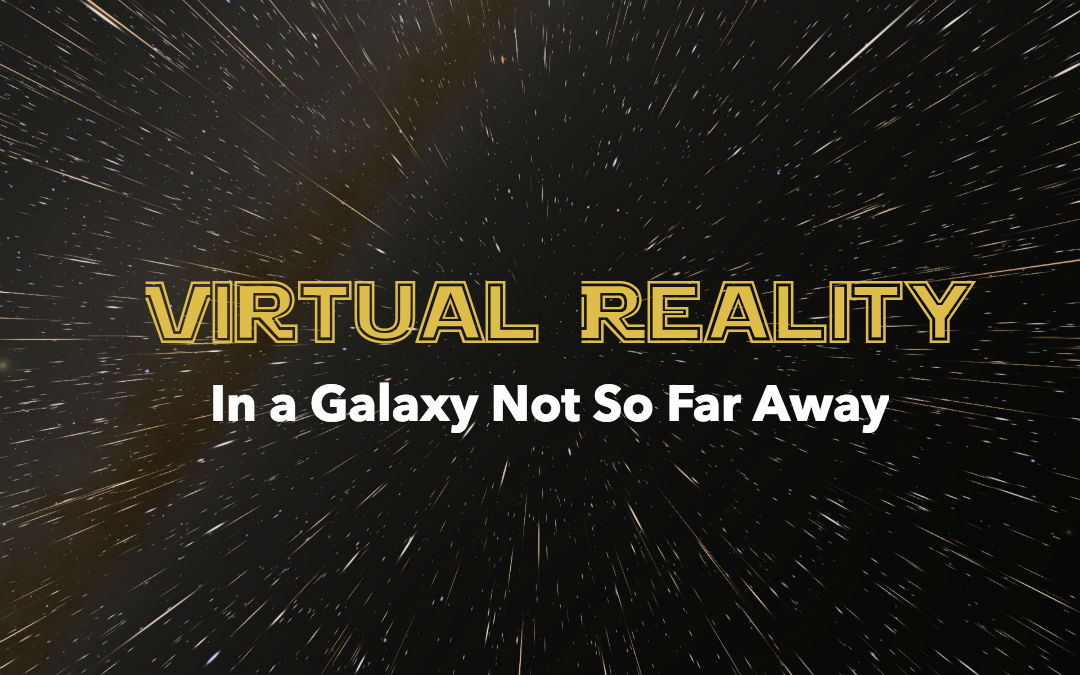We’ve noticed a new trend emerging: customers are buying separate solutions from multiple vendors rather than going for multiple versions of the same technology from one vendor.
The most visible example of success of this multi-vendor trend is Zoom Video Communications. Zoom has been stirring up the UC space with its radically simple and cost-effective cloud solution for video collaboration. It recently hit #18 on the Forbes Top 100 Cloud companies and achieved a $1B valuation thanks to a $100M investment from Sequoia Ventures.
Back in March, we started pulling Zoom data into Vyopta, and I want to share a couple of customer journeys with you as we’re seeing that many of our customers are starting to make the same decisions around adding cloud vendors to their collaboration technology stacks.
Use case #1: Going all in
This use case is a “rip and replace” situation where the customer keeps only the room hardware and replaces all infrastructure for video calls, meetings, and webinars/events. This is a big task, and the bigger the organization, the more difficult this is to do. The company we are working with is a cloud software provider that is smaller (as far as enterprises go) with less than 2000 employees, but it has a very big vision and is highly motivated to be on the cutting edge of collaboration.
This business is tripling its number of rooms, adding over 1000 new desktop users, and ramping up its collaboration technology so it can become a “global first” company. The goal is to make work something you do rather than a place you go and to provide access to the best talent, no matter where it is.
At Vyopta, we are 100% behind any customer who wants to be on the cutting-edge of collaboration, so we have been helping this company monitor and report on its transition from 2-3 older technologies to being entirely based on Zoom.
It’s been fun to be a part of this transition, and we’ve learned that having live and historical data can make these transitions very easy for a couple of reasons:
- Hard data. Having data means you don’t have to have debates about adoption or performance based on anecdotal evidence: “well, I used this room the other day and the call was horrible,” is no longer an hour-long debate about what happened – you can just look at the data.
- Tracking adoption. With good data, you can figure out who is using the tech and why. You can find users who haven’t received the message to change, or you can find users who are leading the way and choose whether to use a carrot or a stick to incentivize the behavior you want.
In this use case, the customer saved a lot of time because they were thinking of productive ways to enact the change in behavior rather than trying to figure out which users they needed to target.
Use case #2: Matching tech to use case
This use case represents something more common for our customers that have thousands of employees around the world: adding a cloud video vendor into their collaboration technology stack.
The company in this use case is a very large financial institution with over 200,000 employees and tens of millions of dollars in room and on-premise investments. It added Zoom so it could enable a new kind of communication with customers that are on external networks. In the past, external communication was difficult, expensive, and less reliable than internal, so a cloud solution is a game-changer for this use case.
As you can imagine, this larger, more traditional company is a little bit slower to roll this out, but it has already seen positive results in performance and reliability as well as cost savings.
The challenge this company faces is getting users to utilize the right tool for the right activity at the right time. Fortunately, Zoom is so simple and cost effective, it is not difficult for the company to add cloud users if more employees want to adopt it. In fact, this is something that Vyopta is helping it do once it completes the initial transition: find other potential users within the company so it can consolidate and reduce costs by simplifying its technology stack. Vyopta is also helping this company reach its goal to improve overall performance across all of its technologies through our performance analytics and call quality alerts.
What this all means
The debate in our industry around the cloud versus on-premise is usually something that is discussed from a single-vendor perspective. That means one company is trying to sell you an on-premise and cloud version of the same technology. This is usually good from an interoperability and user experience perspective, but it also has its drawbacks.
At Vyopta, we have a different perspective on this issue because we pride ourselves on being vendor-agnostic. We want to help customers think outside the box and be able to apply the best technology for any use case they may have. This ability to pick and choose services based on need is becoming more and more important as the uses of video collaboration in businesses is increasing every year.







